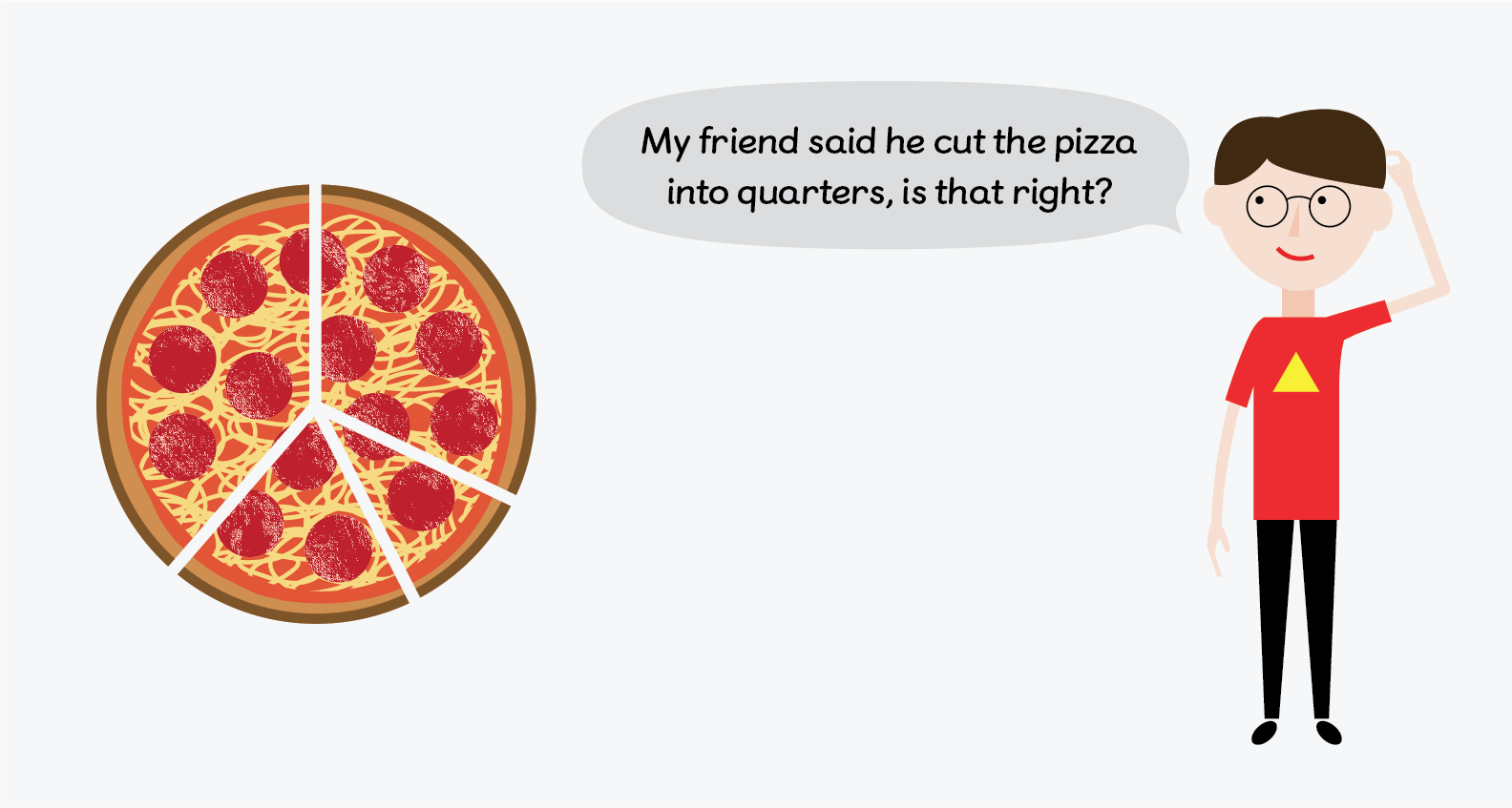A checklist for supporting struggling learners
One of the biggest barriers to learning in primary school is that some children don’t make the transition from counting strategies to part-whole strategies.
When children are struggling, there are a few key steps I will always go through to try to help. I will make these as generic as possible to try to take in the different contexts we find in schools.
Assess to find what knowledge is missing
Try to find the ‘big idea’ that’s missing from the child’s understanding or knowledge.
In my experience, one of the biggest barriers to learning maths in primary school is that some children don’t make the transition from counting strategies to part-whole strategies.
A really easy way to assess this is to ask, “What is 8 + 5?” If the child uses their fingers, then ask if they can do it a different way. If they can’t, it’s a very good indication that they are ‘stuck’ using counting strategies.
This can go undetected for a long time because once children move on to longer written methods, they can get the correct answer as long as they can count to 18.
The problem with staying stuck in counting strategies
But this creates a number of problems:
- Working memory is consumed by counting. It’s very difficult to attend to a new idea if the child is concentrating on counting
- It isn’t as easy to understand equal parts. Since there’s no real visualisation of the numbers, children may not be able to see 10 in a ten frame. So when it becomes time to see tenths, the same image that supports their understanding is not available
- They can’t generalise in the same way. A child who uses a counting strategy may not be able to see that 300 – 199 is very close to 300 – 200, or that 8 × 9 is close to 8 × 10
The vast majority of children I worked with who really struggled tended to only use and understand counting strategies.
Boost Your Practice with FREE CPD
Receive a CPD boost every time you refer a school! Both you and the referred school will earn a full day of CPD and 2 free places on our 3-day Essentials of Teaching Maths Mastery course (valued at £1700).
Get started on helping struggling schools reach maths success now!

Counting back as an assessment strategy
The other check is counting forwards and backwards. Early maths relies on the children being able to count accurately.
When asked, “What is 13 – 6?” children may come up with random answers or answers they can’t explain. If that’s the case, ask “What is the number just before 13?”
Check that they can count back. Some children will count up to count back. They would say something like this in their heads, “10, 11, 12, 13. The number before 13 is 12.”
Some children just can’t answer at all. In the hundreds of interviews I’ve done with younger children, forward counting was often significantly better than backwards counting.
Understand the progression of an idea
Teachers should also try to understand the progression of any idea that is being taught. For example, if they’re teaching Year 5 fractions, what were the initial ideas when fractions were first introduced? Do I know the four critical questions I need to ask to find out?

The test here is to make sure the child understands that for the pizza to be cut into quarters, the four pieces must be of equal size. The misconception would be that as long as it’s cut into four parts, every part must be a quarter.
Quick assessment questions that can go back to the early ideas are key. It’s tough, though, and requires good knowledge of how the ideas develop. If a teacher is unsure how to do this, ask another teacher to do it with them.
Transition to part-whole strategies
For the transition from counting strategies to part-whole strategies, I haven’t found anything better than tens frames to address this. Children could spend five minutes — longer isn’t better as it gets boring — each day going through the exercises.
The key is knowing exactly what you are working on and why, and trying to manage this in short chunks in the classroom, outside of lessons as well as during them.
Expect a quick turn around and evaluate regularly. For example, In five days the child will be able to identify up to five counters in the five frame, tell you how many are missing and can complete the following sentence, “There are 3 dots in the frame, there are 2 missing, 3 and 2 make 5.”
It’s the same with counting, using either number charts or number lines but doing this in short chunks with consistent framing of questions. “What is the number just before 5?” “The number just before 5 is 4.” “What is the number just after 4?” “The number just after 4 is 5.” And so on.
So, when learners are struggling, remember to run through the checklist:
- Assess to find what knowledge is missing
- Understand the progression of an idea
- Transition to part-whole strategies

